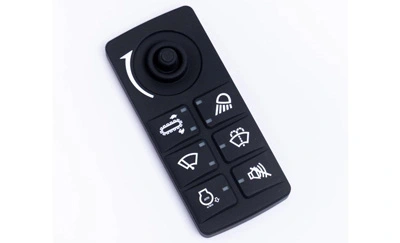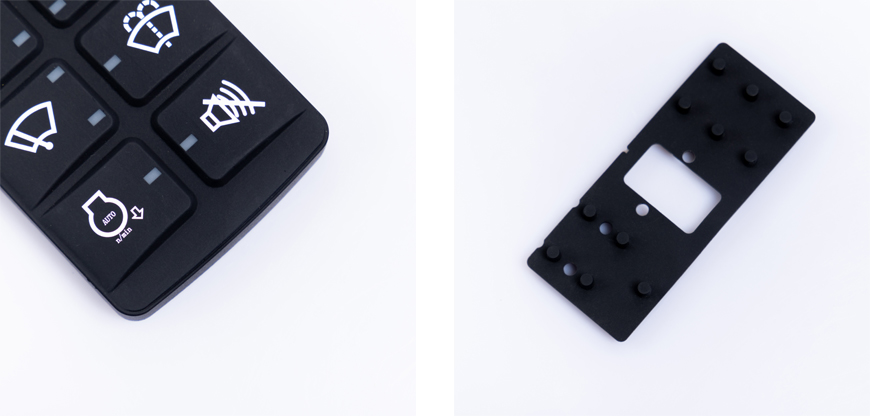
In today's digital age, the demand for advanced technology and user-friendly interfaces is constantly on the rise. One innovation that plays a pivotal role in achieving this is the LED membrane switch. This comprehensive guide will take you through the intricacies of the LED membrane switch factory, explaining what it is, how it works, and its various applications.

Table of Contents
Introduction to LED Membrane Switches
What Sets LED Membrane Switches Apart
The Manufacturing Process
Materials Used in LED Membrane Switches
Benefits of LED Membrane Switches
Applications Across Industries
Customization Options
Durability and Longevity
Maintenance and Care
Cost Considerations
The Future of LED Membrane Switches
Case Studies
Frequently Asked Questions
Conclusion
LED membrane switches are versatile input devices that combine the benefits of traditional mechanical switches with modern LED technology. They consist of multiple layers of thin materials, including polyester or polycarbonate, with a printed circuit on the back. The top layer features graphic overlays and buttons, which, when pressed, make contact with the circuit, activating the LED backlighting.
LED membrane switches offer a sleek and sophisticated interface that is visually appealing and user-friendly. Unlike traditional mechanical switches, they are flat and have no moving parts, making them highly durable and resistant to wear and tear. The incorporation of LED backlighting provides excellent visibility even in low-light conditions.
The manufacturing of LED membrane switches involves several key steps, including design, material selection, printing, assembly, and testing. The process is highly precise and requires advanced machinery to ensure the quality and functionality of each switch.
LED membrane switches are constructed from a range of materials, such as polyester, polycarbonate, and adhesive layers. These materials are carefully chosen for their durability, flexibility, and resistance to environmental factors like moisture and chemicals.
Slim and ergonomic design
Enhanced durability
Resistance to dust and liquids
Customizable graphics and backlighting
Cost-effective manufacturing
Easy integration with electronics
LED membrane switches find applications in various industries, including medical devices, industrial equipment, automotive, consumer electronics, and more. Their versatility makes them an ideal choice for any interface that requires user interaction.
Manufacturers offer extensive customization options, allowing customers to tailor LED membrane switches to their specific requirements. This includes choosing graphics, backlight colors, button shapes, and more.
The durable construction of LED membrane switches ensures a long lifespan, even in demanding environments. They are built to withstand repeated use and harsh conditions, making them a reliable choice for many applications.
Maintenance for LED membrane switches is minimal. Regular cleaning with a soft, damp cloth is usually sufficient to keep them in optimal condition. Their sealed design also prevents dust and contaminants from affecting their performance.
Compared to other interface options, LED membrane switches are cost-effective to manufacture. Their durability and longevity also contribute to long-term cost savings.
As technology continues to advance, LED membrane switches are expected to evolve further, incorporating advanced features such as touch sensitivity and gesture recognition.
Explore real-world examples of how LED membrane switches have improved user interfaces and functionality in various industries.
Yes, LED membrane switches are often designed to be waterproof or resistant to liquids.
Yes, they are suitable for outdoor use, thanks to their durability and resistance to environmental factors.
LED membrane switches can last for several years, depending on usage and environmental conditions.
Yes, they can be customized to fit existing equipment and interfaces.
They can be designed to work alongside touchscreens, offering a versatile user interface solution.
LED membrane switches have revolutionized user interfaces across various industries. Their durability, customization options, and cost-effectiveness make them a preferred choice for many applications. As technology continues to advance, we can expect even more innovative features from LED membrane switches. To stay ahead in the interface game, consider integrating LED membrane switches into your products and systems.